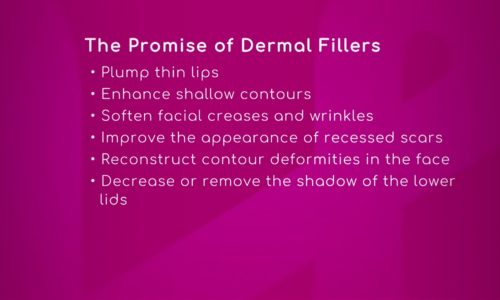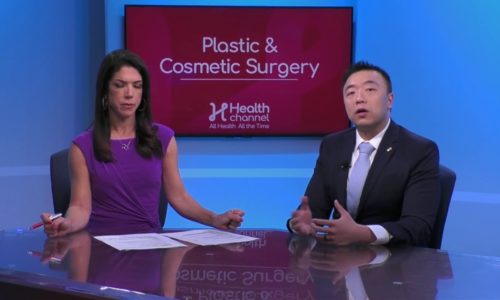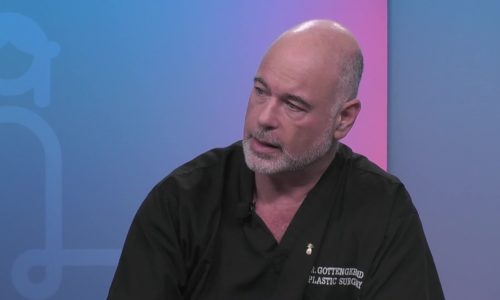Facial Rejuvenation: Surgical vs. Non-surgical Procedures |
At the beginning people are going to need procedures for smaller thing such as wrinkles in the forehead or other areas. Those things can be treated by easy procedures like botox, affirms Dr. Ricardo Castrellon, Medical Director of the Burn Center at South Miami Hospital.
He says when someone is younger, generally, he doesn’t need a surgical intervention for improving his face. Small things don’t need surgical intervention. They can be treated with a non-invasive intervention.
Fillers such as botox, injections, chemical peels and laser resurfacing are the most common facial rejuvenation treatments, the expert explains.
Transcript
Why would someone choose a less invasive option rather than a surgical option I number-one thing is do you really need it or not I think at the beginning more people are gonna be needing and especially for smaller things where there’s wrinkles in the forehead or wrinkles in the in the area crow’s feet those are things that can be treated very easily with a neural modulator such as Botox or your your Dysport so there are situations where you really do not need a surgical intervention especially when you’re younger so there are smaller things or small consider inserts sometimes of the skin texture that do not need any surgical intervention and they can be treated while address well with with non-invasive interventions what are some of the most common non-invasive procedures that you see in your office so fillers number of fillers and application of the neural modulator such as Botox you will also have chemical peels you can also have chemical peels as well and laser resurfacing will be some that get done as well but if we can go specifically talking about here about eventually we will light up in here one of the things you’ll see is in this area where you have wrinkles in this area these are things that can be addressed very easily with Botox and then you will have especially this area as well this can be addressed with Botox and these are your crow’s feet so crow’s feet forehead forehead we’re looking at injections injections with the injections and even the platysma lines sometimes can be addressed with what with your Botox your fillers which is the volume fillers they will be for this area the nasolabial folds the transition here and your between your eye and your nose we call this a nice NATO jugular region this is the areas where you want to transition that area or the sagging of the bags that you’re in this area you can also put fillers to give the impression that this area is smooth we can also use fillers in this areas in the cheeks the face a little bit and you get a little bit of that liquid facelift some people actually put in fillers now on the tip of the nose to change the change that the shape of the nose as well really those are things that a non-surgical nose job no non-surgical that’s something that little by little I think it’s a trend that it’s happening and obviously the most common thing that we’re seeing and younger girls is the lips a lot larger fuller more defined lip so we put fillers in the lips usually in the Nate what we would call the Vermilion borders which are the edges of the lips and that will allow for have a well-defined lip and then you can get a little bit of volume in the lips as well








